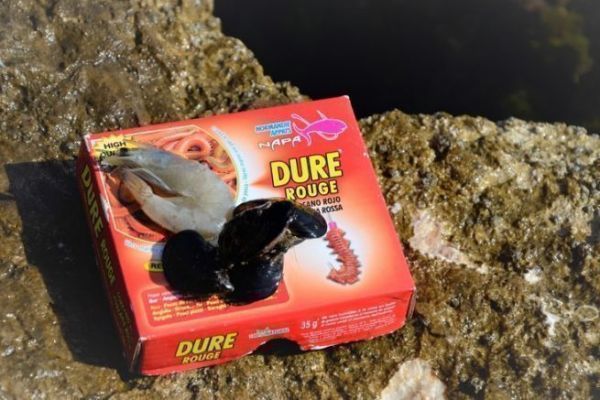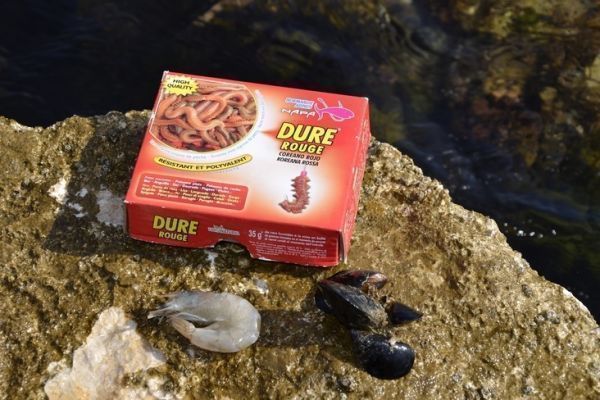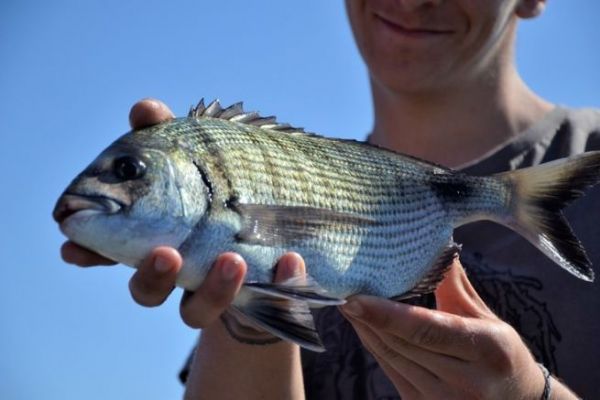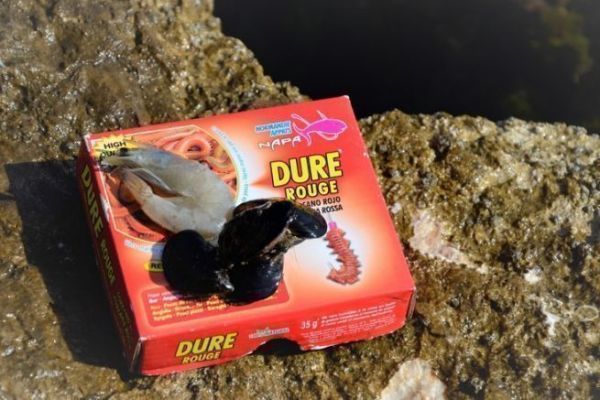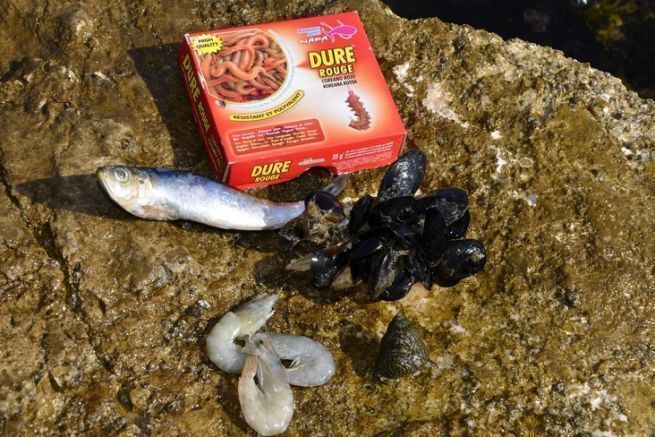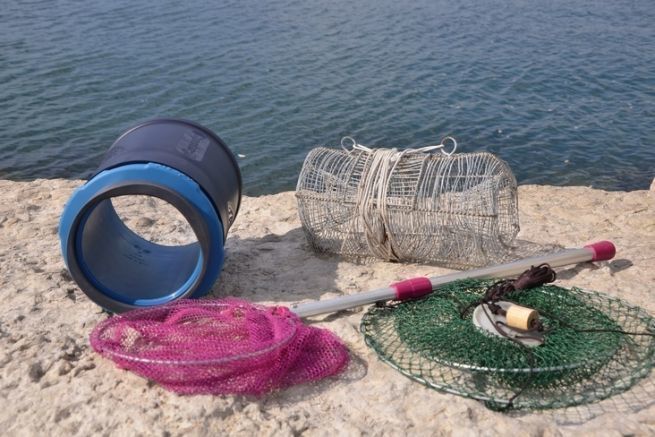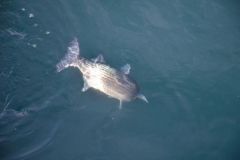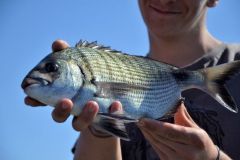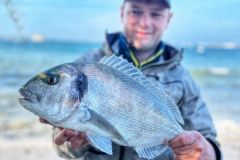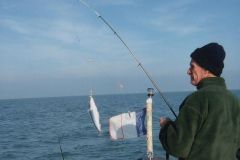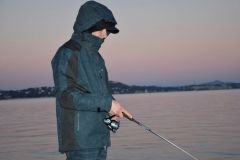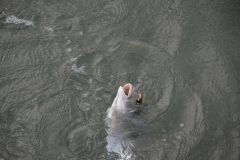The olfactory side
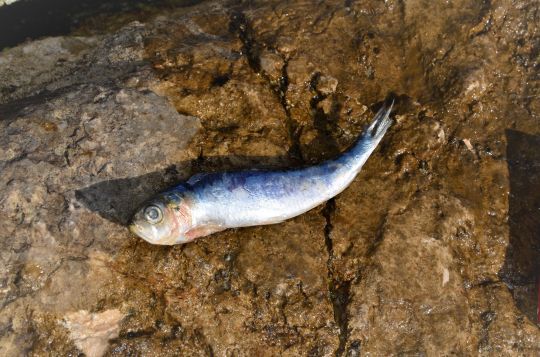
The olfactory aspect of a bait appeals to both the fish and the angler. Indeed, the scent that any bait can give off feeds catch prospects. Sardines and mackerel, for example, are baits that release strong scents into the water, attracting potential prey over long distances.
So while bait scent is important when fishing, it's important to remember that spoiled bait with a strong odour will severely limit the species that might be interested in a poorly fresh bait. Most fish have gourmet habits and prefer fresh bait to spoiled bait.
The visual side
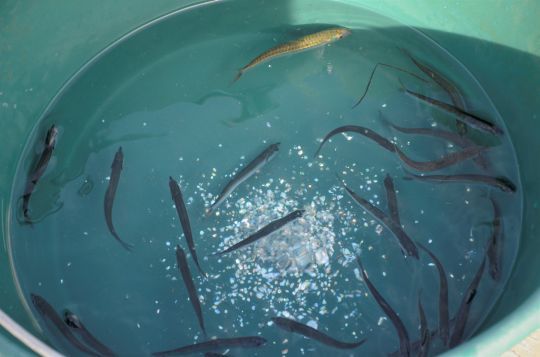
Another aspect to consider when choosing bait is its visual appeal. Fish are also capable of using their sight to feed, especially in clear waters.
The blood-red color of a well-presented chub rarely leaves a marauding sea bass or bream unmoved. Another example: the shiny sheen of anchovies will tend to attract predators in search of food.
Holding on to the hook
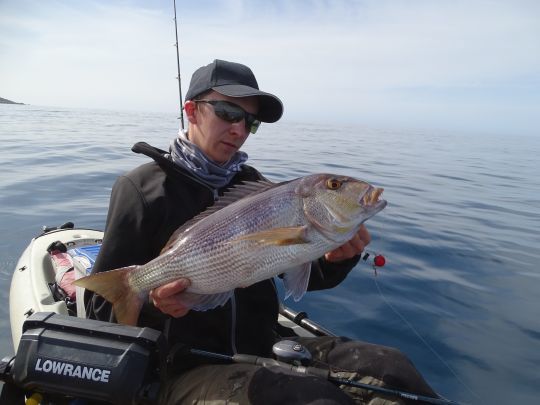
To qualify a bait as performing, its hold on the hook is an essential point. Baits such as mussels and sardines perform well on the olfactory and visual fronts, but can be difficult to keep on the hook.
Some baits, such as hard worms or whelks, hold up very well and are more resistant. Having a bait that lasts over time on your hook increases your results without having to check your rig too often.
The right bite
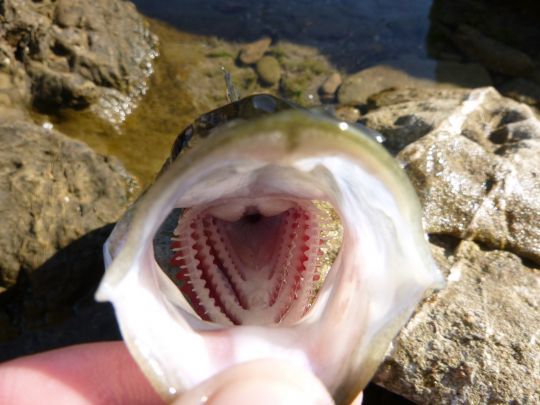
Last but not least, when fishing with baits, it's essential to offer a mouthful adapted to the mouth of the target fish. Sand eels and sarran are just as voracious as each other, yet their mouths are not the same size and they won't engorge the same baits directly.
The size of the bait must correspond not only to the size of the fish targeted, but also to their different mouth opening capacities and even their own dentition.
These are four important points to bear in mind when choosing a bait. The most effective baits usually combine as many of these points as possible.

 /
/ 